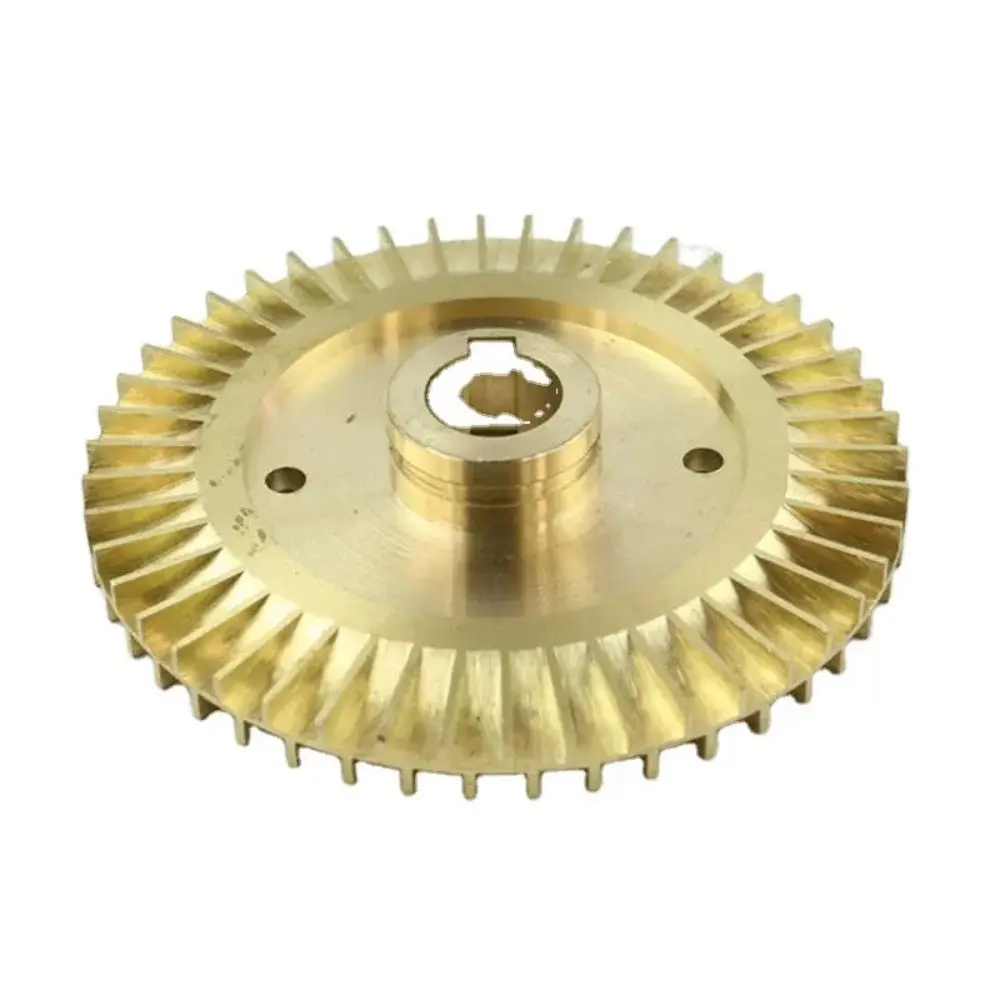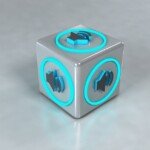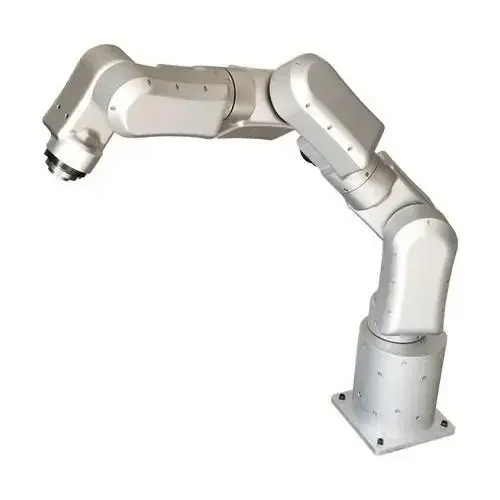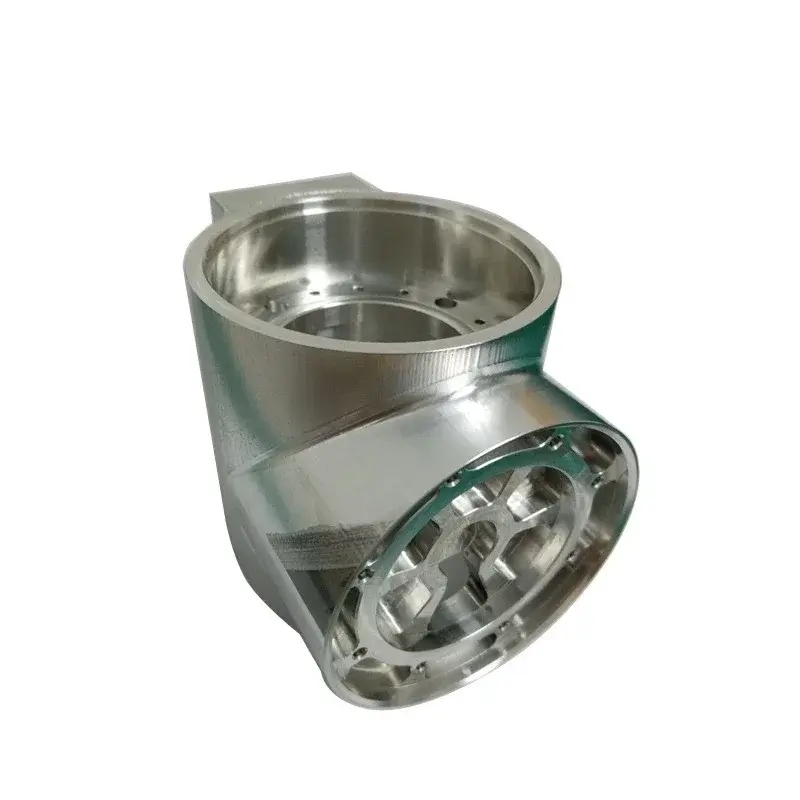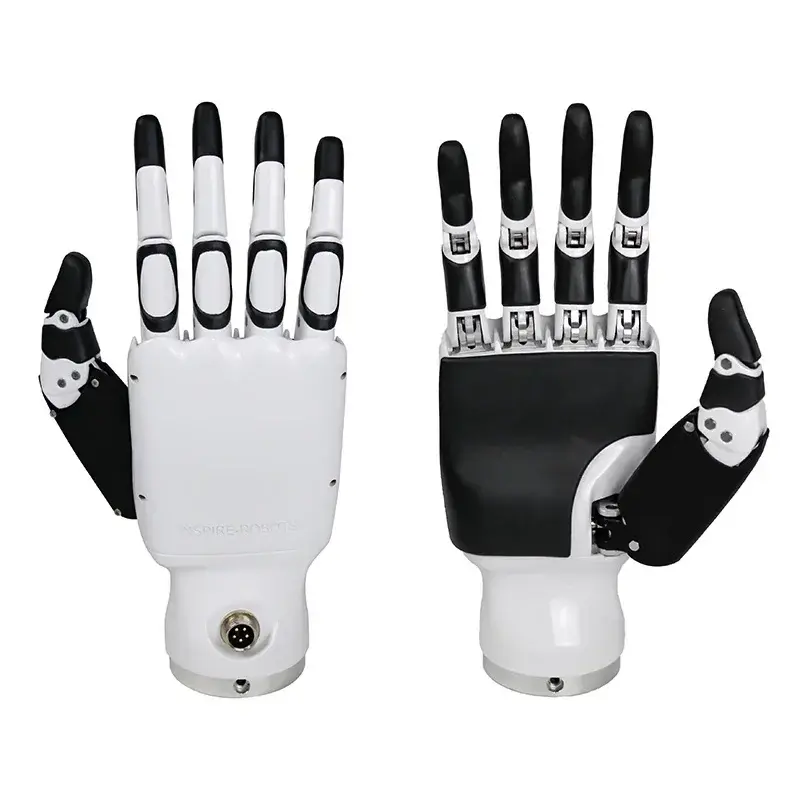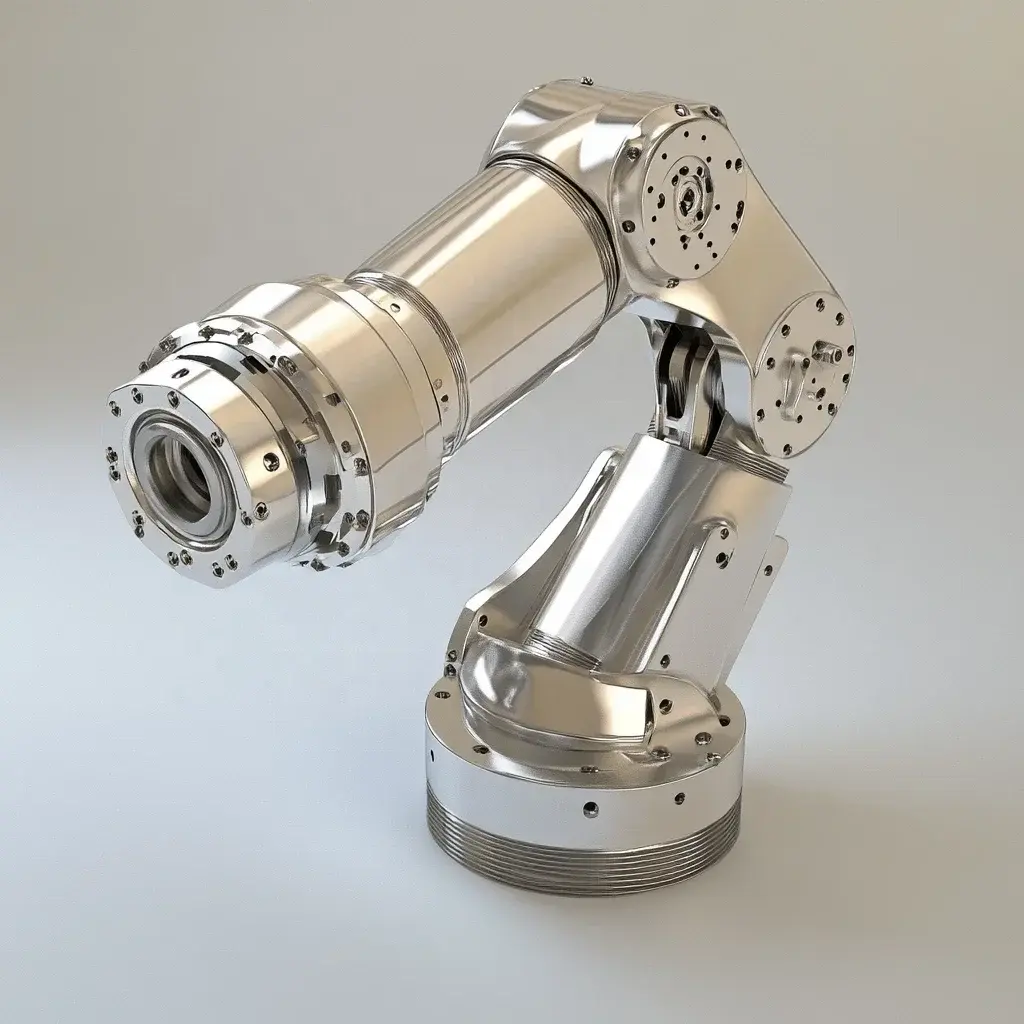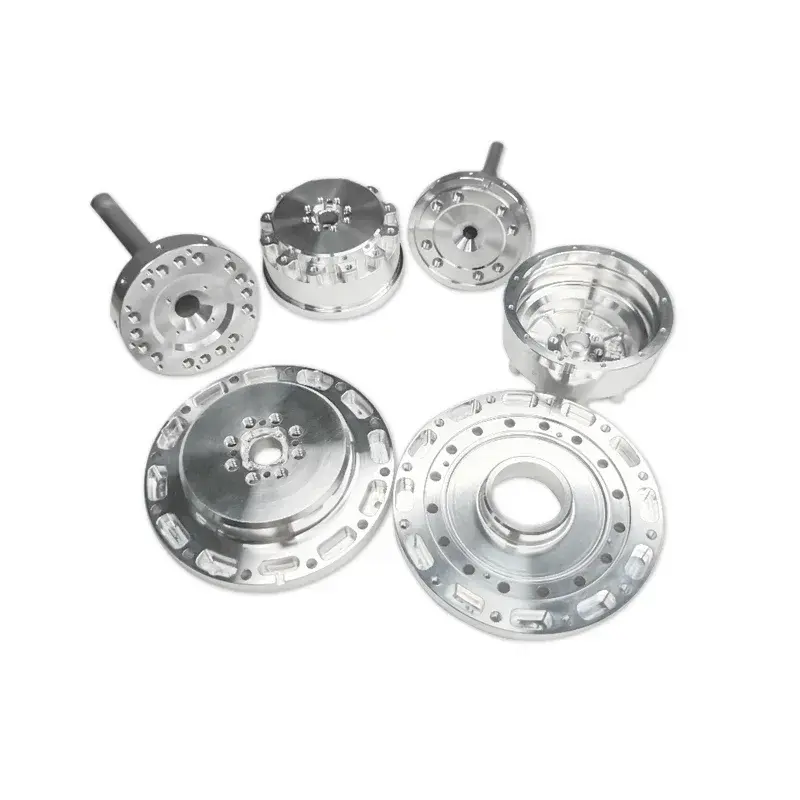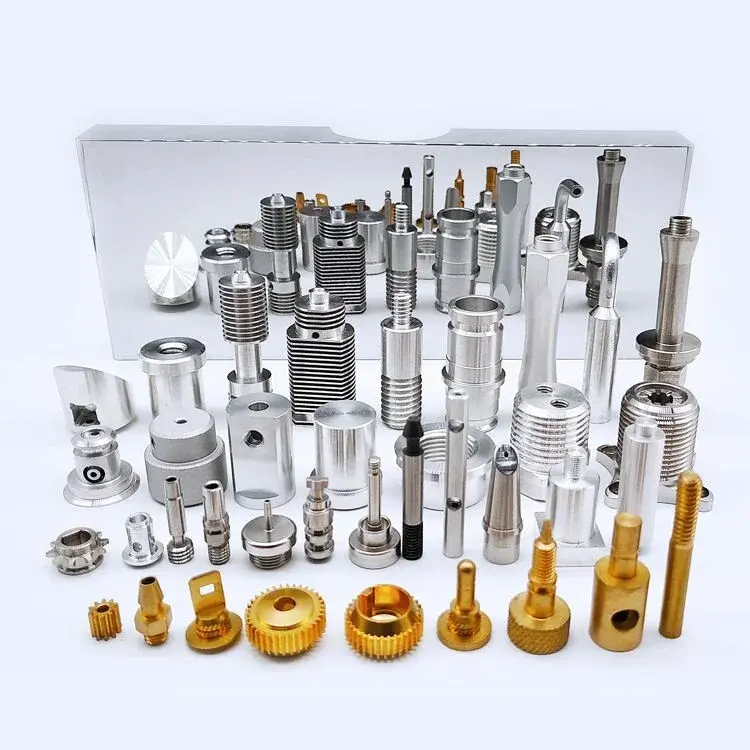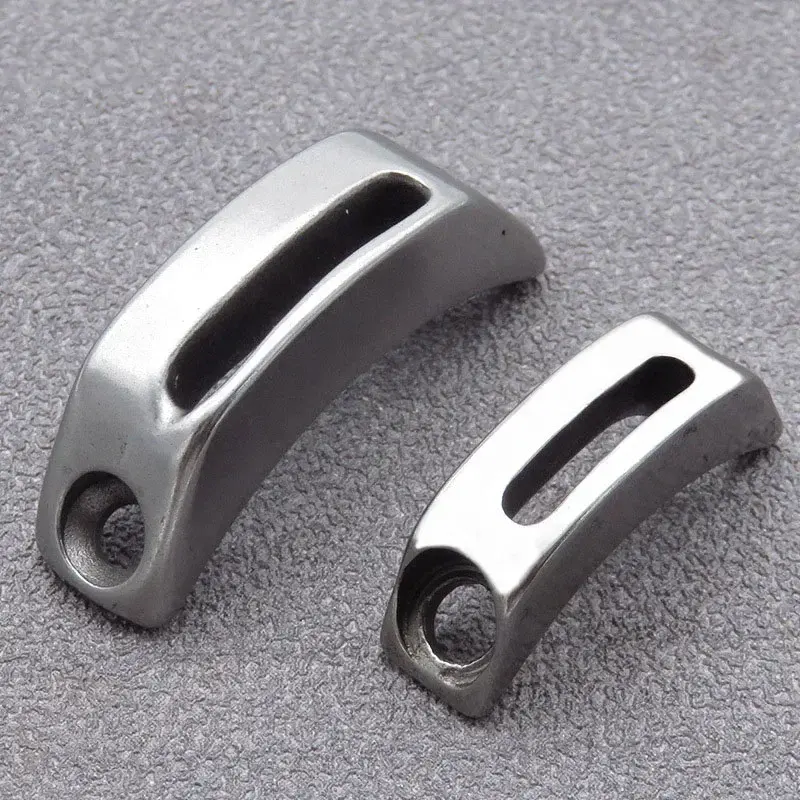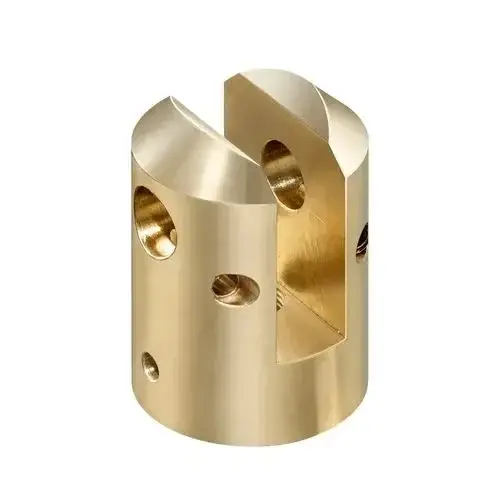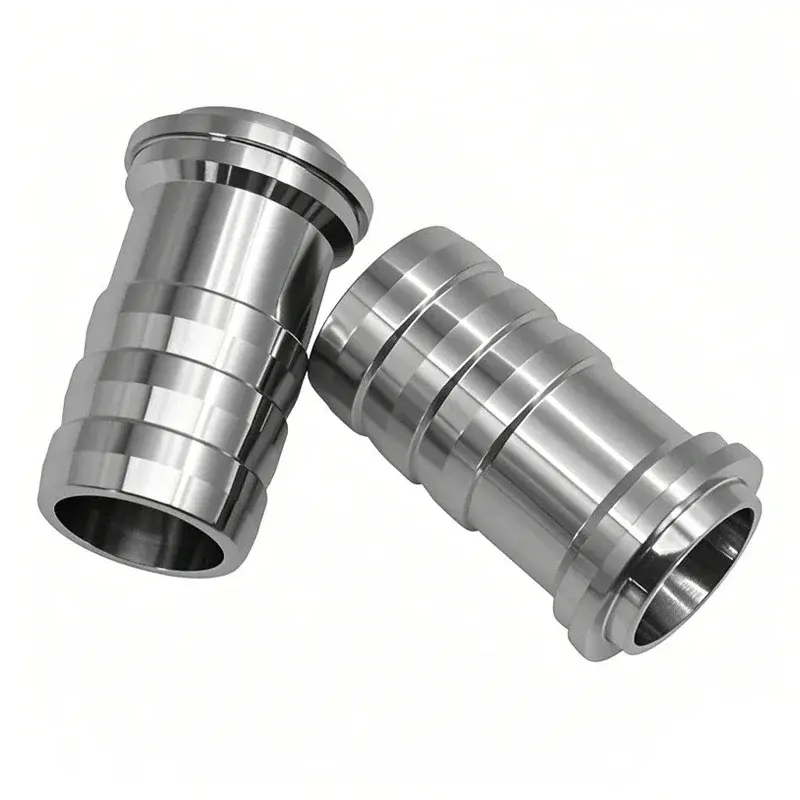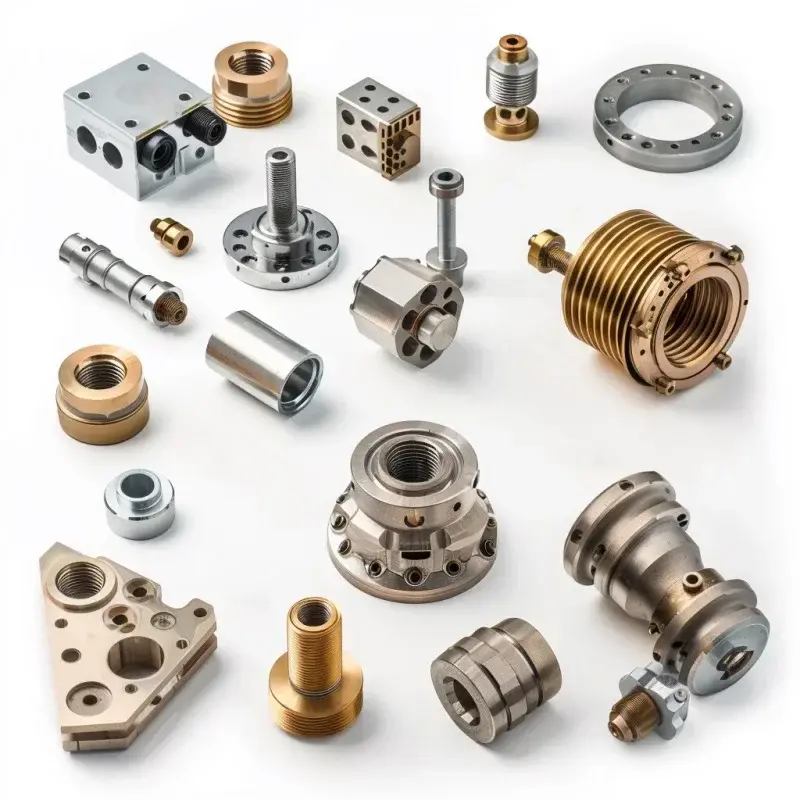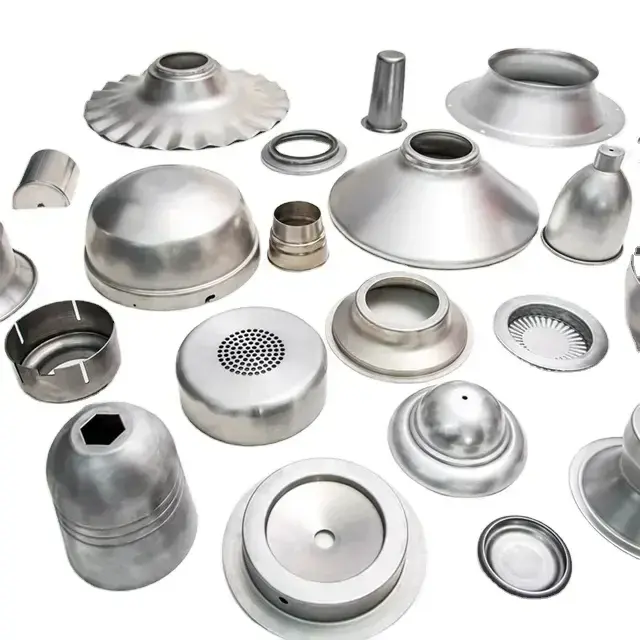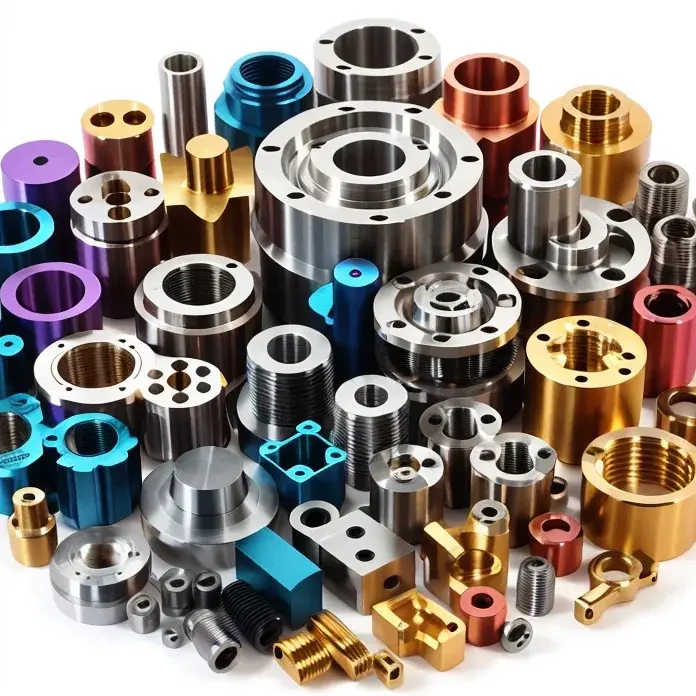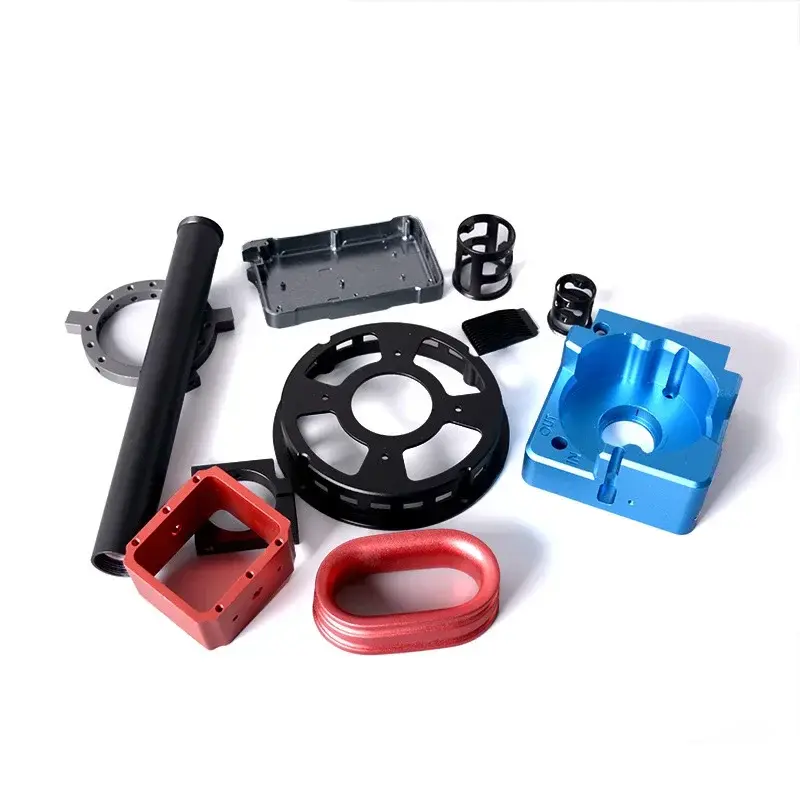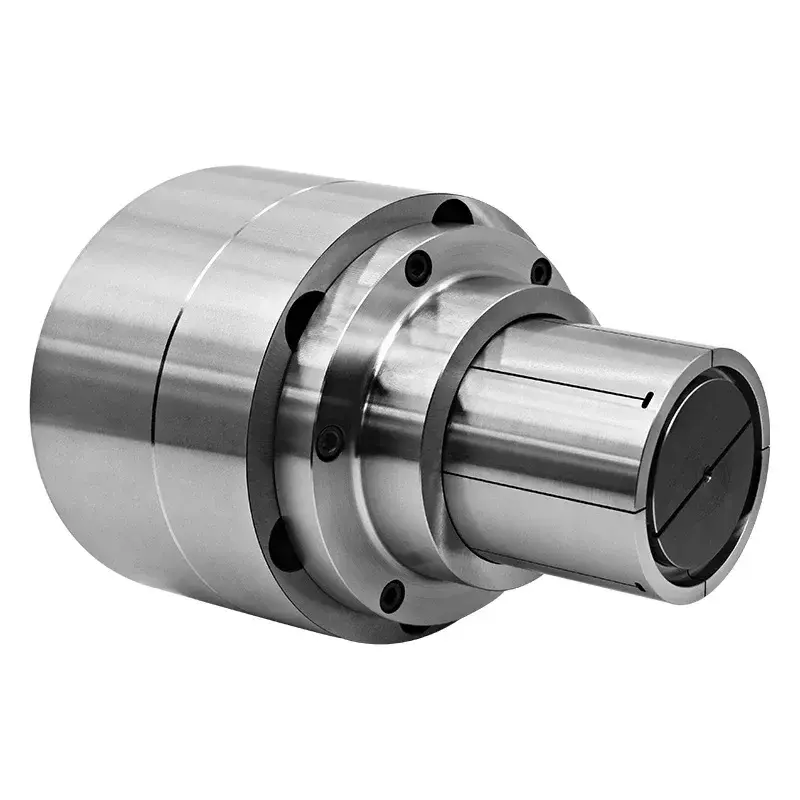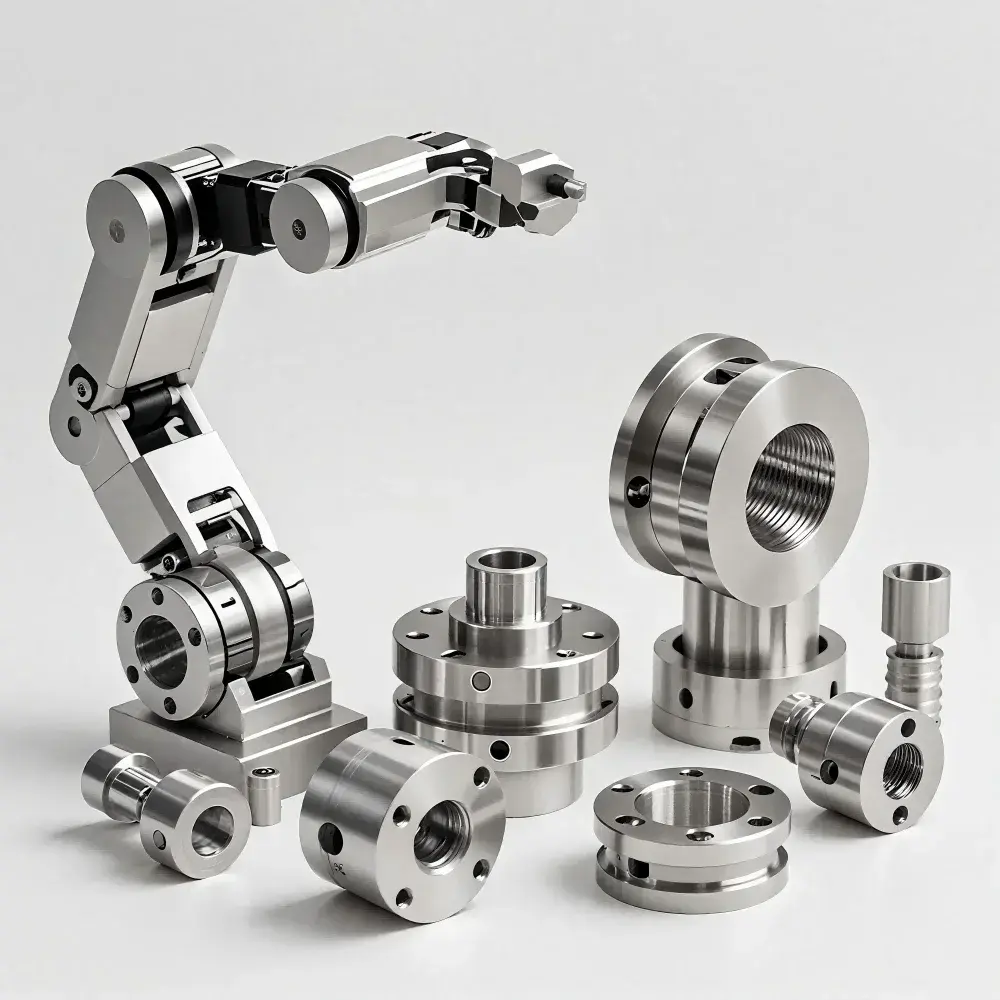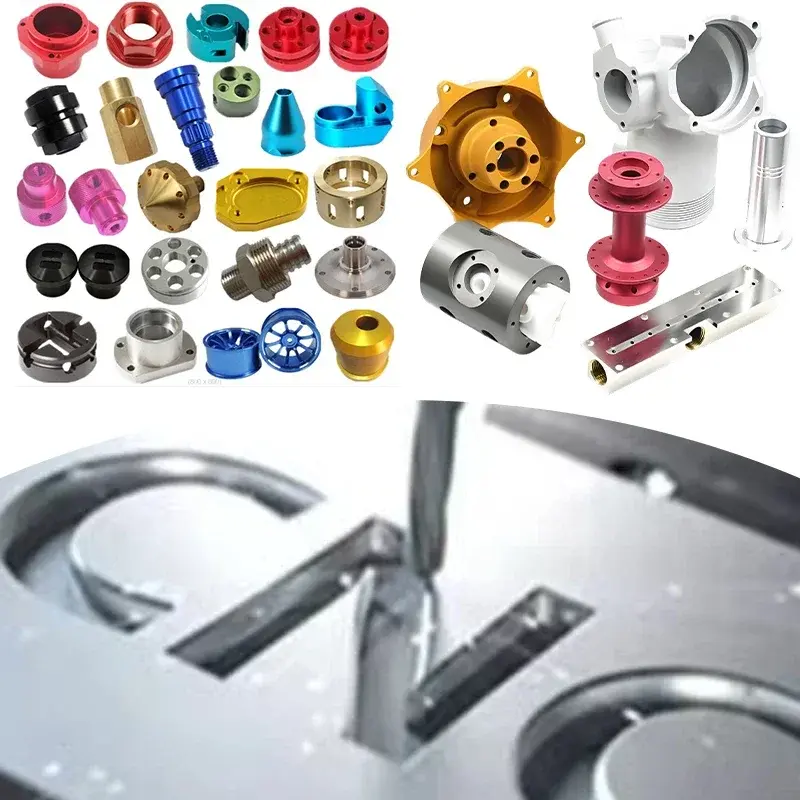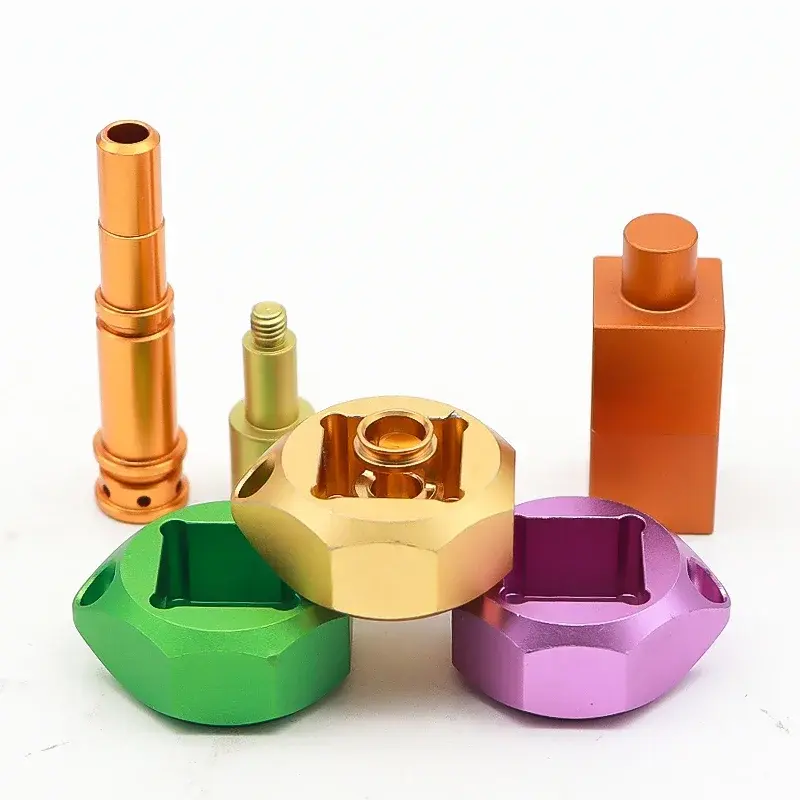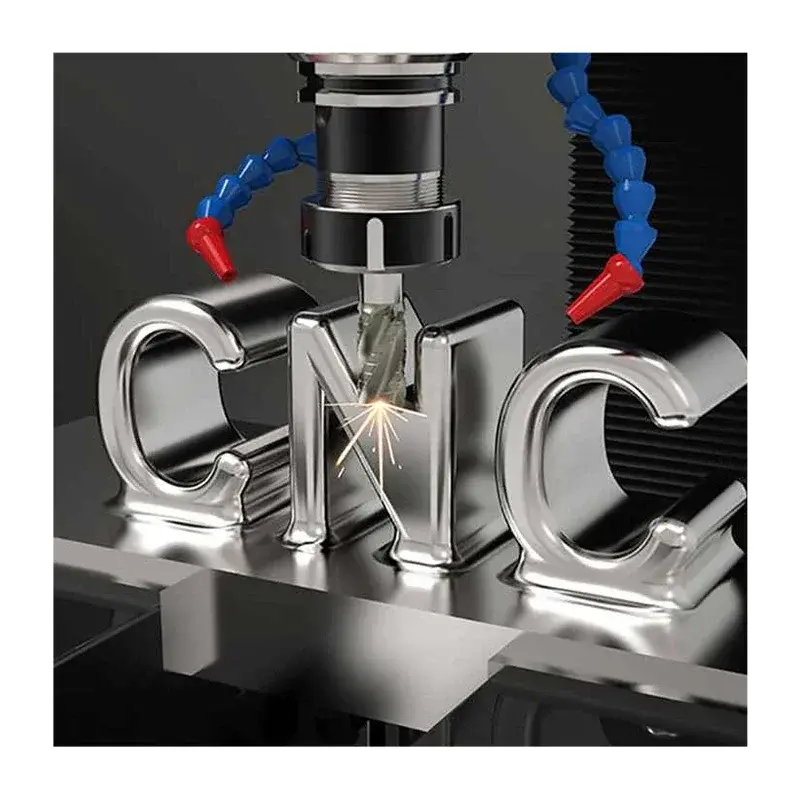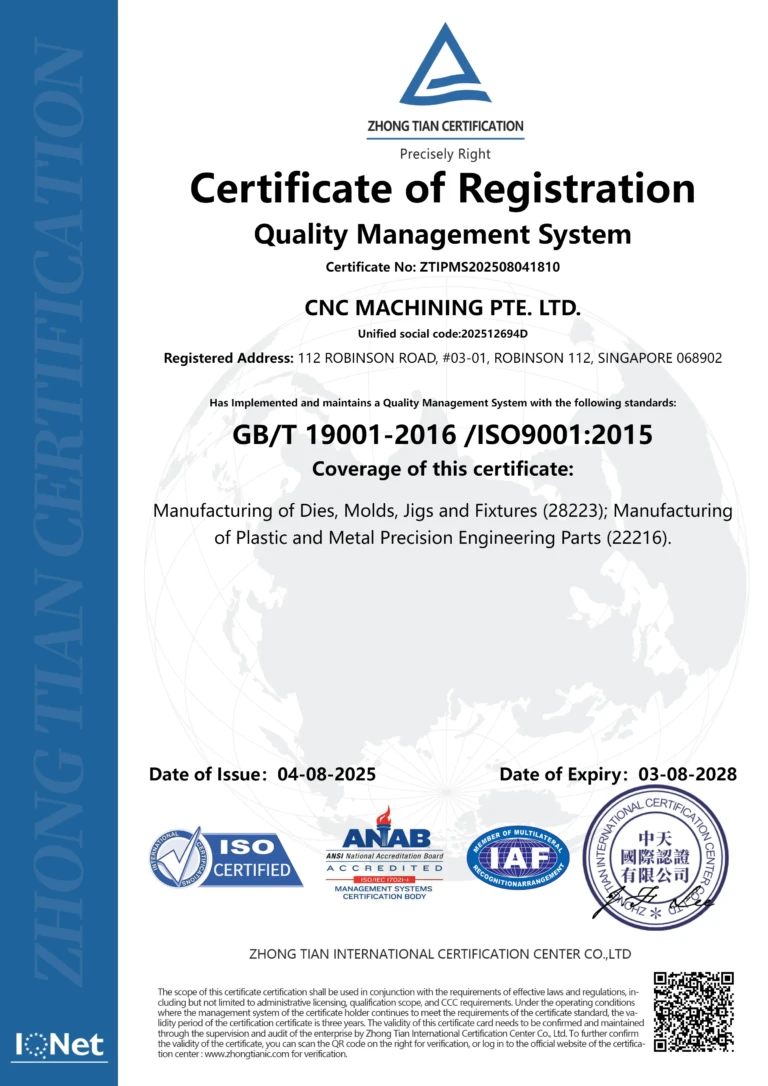Bronze Reborn: How CNC Machining Unlocks the Future-Ready Potential of an Ancient Alloy
For millennia, bronze has shaped civilizations – from ancient weaponry to maritime marvels. Today, CNC Machining Bronze is undergoing a renaissance, transforming this versatile alloy into critical components powering 21st-century innovation. At Great Light, a leading 5 Axis CNC Machining Company, we leverage precision machining to unlock bronze’s full spectrum of properties, enabling breakthroughs in aerospace, robotics, energy, and beyond. Understanding the diverse performance parameters of CNC machining bronze materials is paramount for engineers designing the next generation of reliable, high-performance systems.
Why Bronze? The Enduring Alloy for Modern Demands
Bronze alloys (primarily copper-tin based, often with additional elements) offer a unique combination of properties unmatched by many modern materials:
- Inherent Lubricity & Wear Resistance: Ideal for bushings, bearings, and wear plates under high loads with minimal external lubrication.
- Exceptional Corrosion Resistance: Superior performance in marine, chemical, and industrial environments, especially compared to ferrous metals.
- High Strength & Fatigue Resistance: Certain bronzes approach steel strength while maintaining corrosion benefits and better shock absorption.
- Excellent Electrical & Thermal Conductivity: Vital for electrical connectors, heat exchangers, and waveguides.
- Non-Sparking & Non-Magnetic: Critical safety features for explosive environments (ATEX) and sensitive instrumentation.
- Machinability: Generally good machinability ratings, especially leaded bronzes, enabling complex precision CNC components.
CNC Machining Bronze is not merely about shaping metal; it’s about precision-engineering these inherent properties to meet exacting functional requirements.
Decoding Bronze Alloys: Performance Parameters for CNC Machining Selection
Not all bronzes are created equal. Selecting the optimal alloy requires careful consideration of key performance parameters:
- Phosphor Bronze (Tin Bronze – C51000, C51900, C52100)
- Key Properties: High strength, excellent fatigue resistance, superb spring properties, excellent corrosion resistance.
- Machinability Rating: Fair to Good (40-60% on C360 scale). Requires sharp tools, positive rake angles.
- Typical CNC Applications: Electrical connectors, springs, bellows, fasteners, corrosion-resistant components, musical instrument parts.
- Critical Parameters: Tensile Strength (60-110 ksi), Yield Strength (40-95 ksi), Elongation (4-55%), Hardness (Rockwell B 70-100), Electrical Conductivity (15-28% IACS).
- Aluminum Bronze (C95400, C95500, C95800)
- Key Properties: Very high strength, exceptional wear and corrosion resistance (especially seawater, acids), good high-temperature strength, non-sparking.
- Machinability Rating: Fair (20-40%). Harder material requiring rigid setups, slower speeds, ample coolant. Prone to work hardening.
- Typical CNC Applications: Heavy-duty bushings & bearings, gears, valve components, pump impellers, marine hardware, offshore structural parts.
- Critical Parameters: Tensile Strength (85-110+ ksi), Yield Strength (40-80+ ksi), Elongation (12-25%), Hardness (Rockwell B 85-100, Rockwell C 24+), Corrosion Resistance (Excellent vs. seawater, acids).
- Silicon Bronze (C65500)
- Key Properties: Good strength, excellent corrosion resistance (especially atmospheric, water), good weldability and brazeability, free-machining variants available.
- Machinability Rating: Good to Excellent (70-80% for free-machining SiBr). Good chip control.
- Typical CNC Applications: Architectural hardware, fasteners, marine fittings, welding nozzles, sculptural elements, pressure vessels.
- Critical Parameters: Tensile Strength (60-80 ksi), Yield Strength (25-45 ksi), Elongation (30-50%), Hardness (Rockwell B 60-80), Corrosion Resistance (Excellent atmospheric/water).
- Leaded Bronze (C93200, C93700, C93800 – High-Lead Tin Bronze)
- Key Properties: Excellent machinability, good wear resistance and conformability (embedability), good corrosion resistance, low friction coefficient.
- Machinability Rating: Excellent (80-100%). Easy chip formation, high speeds/feeds possible.
- Typical CNC Applications: Sleeve bearings, bushings, thrust washers, low-pressure valve components, general purpose machined parts requiring ease of production.
- Critical Parameters: Tensile Strength (30-50 ksi), Yield Strength (15-25 ksi), Elongation (15-30%), Hardness (Rockwell B 60-80), Compressive Strength (Yield ~20-35 ksi).
- Nickel-Aluminum Bronze (C63000, C63200)
- Key Properties: Highest strength among common bronzes, exceptional corrosion and cavitation erosion resistance, excellent high-temperature strength, good weldability.
- Machinability Rating: Fair (20-40%). Similar challenges to Aluminum Bronze; requires robust techniques.
- Typical CNC Applications: High-strength gears, aerospace components, heavy-duty propulsion systems, pump bodies/housings, high-stress marine components.
- Critical Parameters: Tensile Strength (95-125+ ksi), Yield Strength (45-85+ ksi), Elongation (15-25%), Hardness (Rockwell B 100+, Rockwell C 25+), Corrosion Resistance (Superior to most steels/stainless in seawater).
The 5-Axis Advantage: Precision Machining Complex Bronze Components
Bronze’s value often lies in intricate, high-value parts. 5 Axis CNC Machining is uniquely suited to unlock this potential:
- Complex Geometries in Single Setup: Machining intricate contours, undercuts, and multi-angle features crucial for impellers, manifolds, and custom fittings without repositioning, ensuring exceptional accuracy.
- Optimized Tool Access & Angles: Maintaining ideal tool engagement angles on challenging surfaces, critical for preventing tool deflection and chatter in harder bronzes like Aluminum or Nickel-Aluminum Bronze.
- Superior Surface Finishes: Continuous, smooth tool paths achievable with 5-axis motion minimize visible tool marks and vibration, essential for sealing surfaces or aesthetic components.
- Reduced Work Hardening: Efficient chip evacuation and optimized cutting strategies minimize heat buildup and localized work hardening, a significant challenge in alloys like Aluminum Bronze.
- Prototype & Low-Volume Efficiency: Rapidly produce complex custom bronze parts without expensive dedicated tooling, ideal for R&D and specialized applications.
Beyond Machining: The Critical Role of Post-Processing for Bronze
Great Light’s one-stop post-processing and finishing services ensure bronze components perform optimally:
- Stress Relieving: Essential for complex or highly stressed parts to prevent distortion after machining.
- Heat Treatment (Age Hardening): Applied to specific alloys (e.g., some Aluminum Bronzes) to significantly increase strength and hardness.
- Surface Finishes:
- Polishing/Buffing: For aesthetic appeal or reduced friction.
- Grinding/Lapping: Achieve ultra-precise dimensions and surface flatness for bearings and seals.
- Coating (e.g., PTFE Impregnation, Electroless Nickel): Enhance lubricity, corrosion resistance, or wear properties further.
- Quality Assurance: Rigorous precision inspection services (CMM, optical comparators, surface roughness testers) guarantee compliance with tight bronze part tolerances.
Future-Ready Innovation Enabled by CNC Machining Bronze
The unique properties of machined bronze are driving advancements:
- Sustainable Energy: Corrosion-resistant bronze valves, fittings, and heat exchanger components for geothermal, solar thermal, and ocean energy systems.
- Advanced Robotics & Automation: High-strength, wear-resistant bronze gears, bushings, and sensor components for durable, low-maintenance joints and actuators.
- Electric Vehicles (EVs): High-conductivity bronze electrical connectors, busbars, and thermal management components.
- Next-Gen Aerospace: Lightweight, high-strength Nickel-Aluminum Bronze components for landing gear, actuators, and engine accessories, offering corrosion resistance where aluminum struggles.
- Medical Technology: Biocompatible (specific alloys) bronze components for surgical instruments and diagnostic equipment, leveraging machinability and sterilization resistance.
Partnering with Great Light for Your CNC Machined Bronze Solutions
As a specialist in 5 Axis CNC Machining, Great Light possesses the expertise and technology to transform your bronze concepts into high-performance reality:
- Material Mastery: Deep understanding of bronze alloy properties, machining characteristics, and optimal processing parameters.
- Advanced 5-Axis Capabilities: Machining complex geometries with precision and efficiency, maximizing bronze’s potential.
- Engineering Support: Collaboration on DFM (Design for Manufacturability) to optimize part design for bronze properties and CNC machining.
- Integrated Finishing: Seamless one-stop finishing services to meet functional and aesthetic requirements.
- Prototype to Production: Scalable solutions for custom bronze parts, from single prototypes to mid-volume runs.
Conclusion: Bronze – A Timeless Alloy, Precision-Engineered for Tomorrow
CNC Machining Bronze is far more than a traditional process; it’s a sophisticated engineering discipline. By meticulously selecting the right bronze alloy based on its performance parameters and harnessing the precision of 5 Axis CNC Machining, designers and manufacturers can create components that solve complex challenges in demanding environments. Bronze’s unique blend of strength, corrosion resistance, conductivity, and manufacturability positions it as a critical material for sustainable, reliable, and innovative future technologies.
Ready to leverage the future-ready potential of precision CNC machined bronze? Partner with Great Light. Our expertise in CNC Machining Bronze materials and advanced 5 Axis capabilities ensures your custom metal parts meet the highest standards of performance, quality, and innovation. [Contact Great Light Today to Discuss Your Bronze Component Requirements and Get a Competitive Quote].
